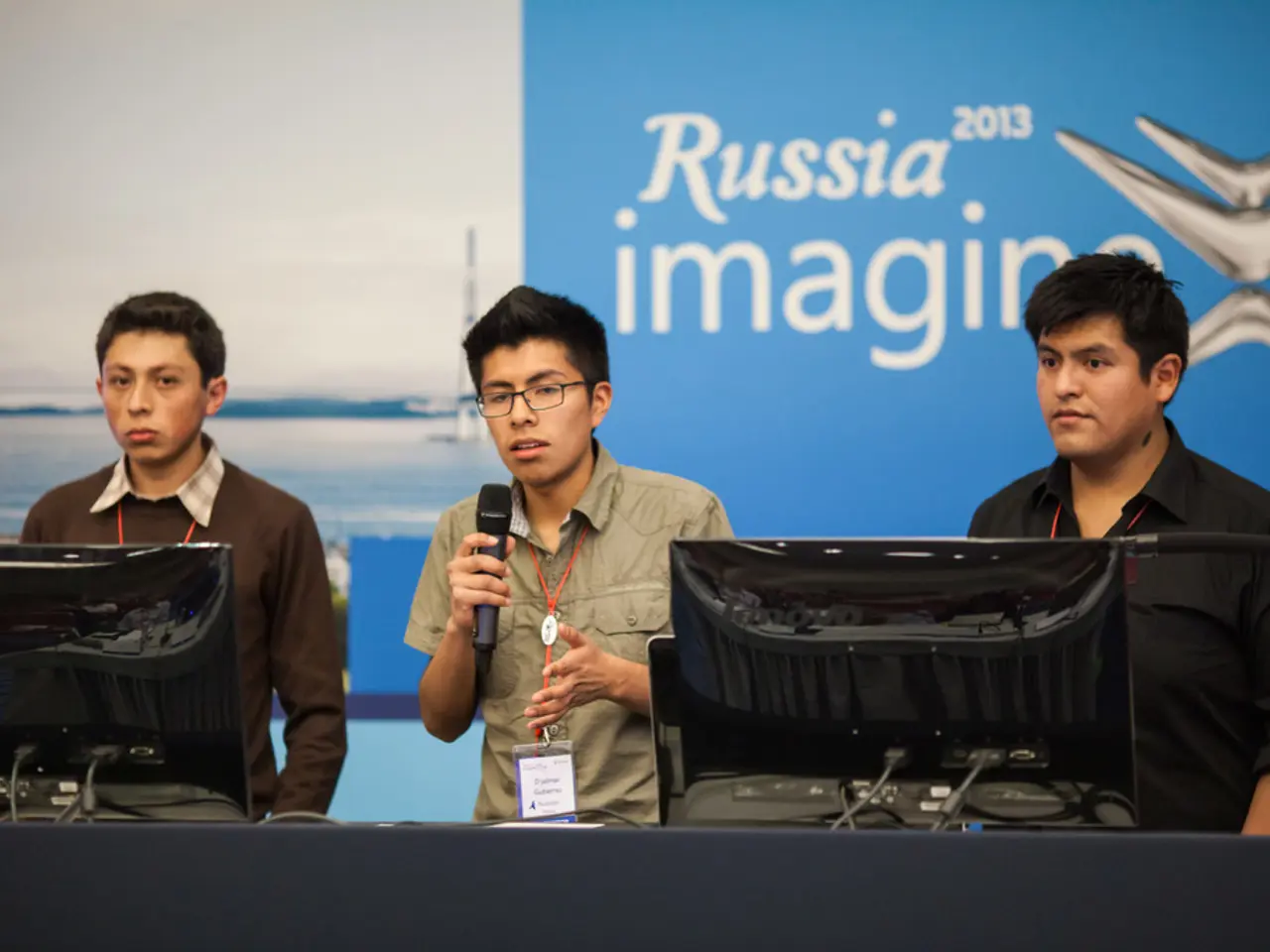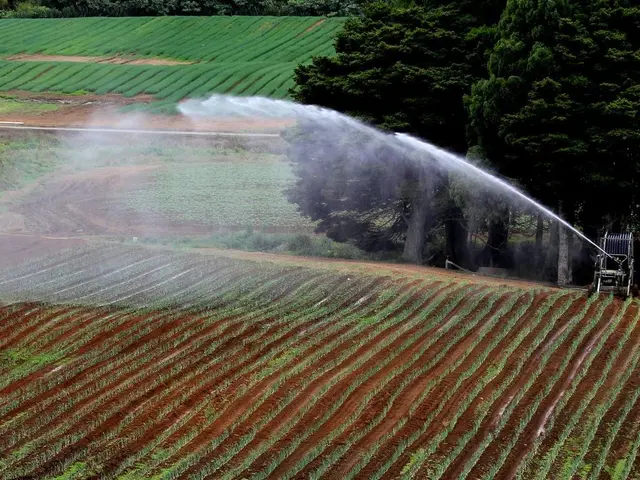NATO Country Deploys Fighter Aircraft in Response to Russian Drone Attack Near Border; Witkoff Meets with Putin
Ukrainian President Volodymyr Zelenskyy and President Donald Trump reportedly spoke before the deadline, with ending the war being the key focus. The discussion was aimed at reaching a ceasefire deal in the ongoing war in Ukraine.
In a separate development, Russian President Vladimir Putin met with U.S. President Donald Trump's envoy Steve Witkoff in Moscow. The dialogue, which lasted for about three hours, did not seem to bring Putin closer to reaching a ceasefire deal, despite Trump's deadline.
The drone attack on civilian infrastructure in the Ismail area, Ukraine, close to the border with Romania, caused significant damage and casualties. The attack, which took place on Aug. 6, 2025, sparked bright flames and plumes of smoke visible from Romania. The strike forced Romania to scramble F-16 jets, marking the closest Russia has come to NATO territory since the invasion of Ukraine.
Ukrainian authorities reported large numbers of incoming drones and a substantial portion intercepted, demonstrating both the scale of the wave and continued pressure on Ukraine’s air-defense resources. Widespread damage and casualties were reported across multiple regions with infrastructure and civilian sites hit, producing civilian casualties and outages in affected areas. Disruption of civilian life and transport also occurred, with airports and regional services introducing temporary flight restrictions and evacuations in some areas affected by strikes and related safety measures.
In response, NATO allies publicly condemned Russia’s escalation and affirmed support for Ukraine’s sovereignty and right to self-defence, framing the strikes as further evidence of Russia’s aggression. Allies repeated calls for intensified diplomacy combined with continued pressure on Russia, stressing that any peace process must respect Ukraine’s territorial integrity and include Ukraine itself in negotiations. NATO emphasized continued provision of air-defense systems, intelligence-sharing, munitions, and training to help Ukraine counter aerial attacks, and mobilized consultations among members to coordinate further assistance.
Romania increased readiness and support measures on its eastern flank, expressed political support for Ukraine, and contributed materiel and humanitarian aid. Romanian authorities also reinforced border and airspace monitoring given proximity to affected regions. Lithuania issued strong political condemnations, accelerated deliveries of air-defence components and other military aid to Ukraine, and used diplomatic channels at NATO and the EU to push for tougher measures on Russia, including expanded sanctions and increased defensive assistance for Ukraine.
The meeting between Witkoff and Putin could signal that Putin is not moving closer to reaching a ceasefire deal, despite Trump's deadline. Trump reportedly confirmed the presence of nuclear submarines "in the region" ahead of Witkoff's Russia visit. The attack targeted oil and gas pipelines at the Orlivka plant in Odesa, Ukraine.
The MApN detected air targets in Ukrainian space and warned the population in Tulcea County via RO-Alert, Romania's official emergency warning system. Lithuanian Minister of Foreign Affairs Kęstutis Budrys spoke with NATO Secretary General Mark Rutte about the incident. The limits and caveats of NATO's response include public reporting variations on exact figures for drones launched, intercepted, and damaged infrastructure, as well as the fact that NATO, as an alliance, does not directly enter the conflict militarily on Ukraine’s behalf. Instead, its responses combine political/diplomatic action, material and intelligence support to Ukraine, and reassurance measures for member states rather than direct combat involvement.
References:
- NATO Official Statement on the Drone Attack in Ukraine
- Romania's Official Statement on the Drone Attack in Ukraine
- Lithuania's Official Statement on the Drone Attack in Ukraine
- The breaking news of the drone attack on civilian infrastructure in Ukraine, targeting the Orlivka plant in Odesa, raises concerns about Russia's actions in war-and-conflicts and its impact on general-news.
- In the midst of ongoing discussions between world leaders regarding ending the war in Ukraine, the aerospace industry becomes crucial, given the use of drone attacks, such as the one at the Orlivka plant.
- The escalation in Ukraine, seen in the drone attack on civilian infrastructure, could potentially strain politics between nations, as Lithuania pushes for tougher measures against Russia, including expanded sanctions and increased defensive assistance for Ukraine.








